In order to generate a more inclusive dataset of Pseudomonas genes mapped to putative in-paralogs and putative orthologs in other Pseudomonas species/strains, we developed a Pseudomonas Orthologous Groups classification system.
To generate ortholog groups, pair-wise DIAMOND searches were run on all genomes in the database to find reciprocal best hits (RBHs) for each gene. These analyses often resulted in multiple candidate genes for RBH status, which were narrowed down by examining the similarity between the query's flanking genes and the hit's flanking genes. If two candidate genes were directly adjacent, they where both accepted as RBHs that involve putative in-parology.
Pairwise intra-genome DIAMOND searches were also performed to acquire in-paralog information (i.e. gene duplications occurring after species divergence). If two genes in one genome were reciprocally more similar to each other than to any gene in the other genomes, the two genes were designated putative in-paralogs. Ortholog groups are built by starting with a seed gene and then adding all genes to which there is a RBH or in-paralog relationship.
Every new gene added to an ortholog group was then treated as a seed gene and the addition process was repeated until all qualifying genes had been added. The result was the development of orthologous groups, specifically generated for Pseudomonas species genomes, which can be used to sort search results.
Pseudomonas Ortholog Group POG000082
| Strain | Locus Tag | Description | Same-Strain Members | Fragment ? | |
|---|---|---|---|---|---|
| Pseudomonas putida YKD221 | TR32_RS20070 |
type VI secretion protein
|
2 same-strain members: TR32_RS20070 TR32_RS04865 |
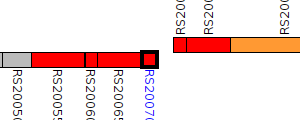
|
|
| Pseudomonas putida YKD221 | TR32_RS04865 |
type VI secretion protein
|
2 same-strain members: TR32_RS20070 TR32_RS04865 |
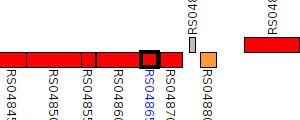
|
|
| Pseudomonas resinovorans NBRC 106553 | PCA10_RS00785 |
hypothetical protein
|
1 member |
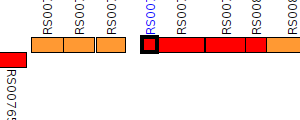
|
|
| Pseudomonas simiae 2-36 | LS88_RS10590 |
hypothetical protein
|
2 same-strain members: LS88_RS10590 LS88_RS15060 |
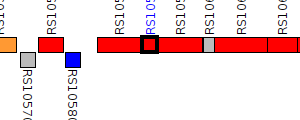
|
|
| Pseudomonas simiae 2-36 | LS88_RS15060 |
hypothetical protein
|
2 same-strain members: LS88_RS10590 LS88_RS15060 |
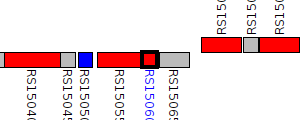
|
|
| Pseudomonas simiae MEB105 | RU03_RS25620 |
hypothetical protein
|
2 same-strain members: RU03_RS25620 RU03_RS05405 |
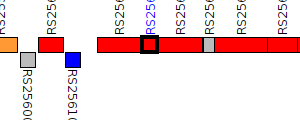
|
|
| Pseudomonas simiae MEB105 | RU03_RS05405 |
hypothetical protein
|
2 same-strain members: RU03_RS25620 RU03_RS05405 |

|
|
| Pseudomonas simiae WCS417 | PS417_RS12845 |
hypothetical protein
|
2 same-strain members: PS417_RS12845 PS417_RS00595 |
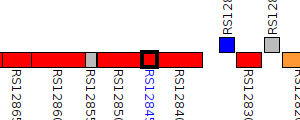
|
|
| Pseudomonas simiae WCS417 | PS417_RS00595 |
hypothetical protein
|
2 same-strain members: PS417_RS12845 PS417_RS00595 |
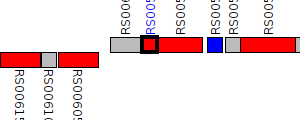
|
|
| Pseudomonas sp. 10B238 | RT21_RS16470 |
type VI secretion protein
|
1 member |
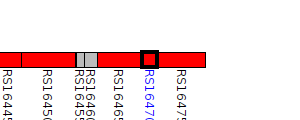
|
|
| Pseudomonas sp. 12M76_air | VG99_RS02220 |
type VI secretion protein
|
1 member |
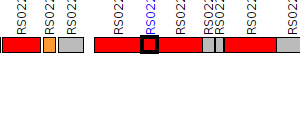
|
|
| Pseudomonas sp. 2-92 | U367_RS0108240 |
type VI secretion protein
|
2 same-strain members: U367_RS0108240 U367_RS0121115 |

|
|
| Pseudomonas sp. 2-92 | U367_RS0121115 |
hypothetical protein
|
2 same-strain members: U367_RS0108240 U367_RS0121115 |

|
|
| Pseudomonas sp. 21 | UB43_RS05615 |
type VI secretion protein
|
1 member |

|
|
| Pseudomonas sp. 35MFCvi1.1 | F571_RS0113320 |
hypothetical protein
|
3 same-strain members: F571_RS0113320 F571_RS0113400 F571_RS0125805 |
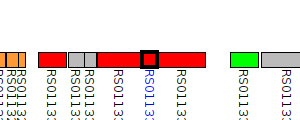
|
|
| Pseudomonas sp. 35MFCvi1.1 | F571_RS0113400 |
hypothetical protein
|
3 same-strain members: F571_RS0113320 F571_RS0113400 F571_RS0125805 |

|
|
| Pseudomonas sp. 35MFCvi1.1 | F571_RS0125805 |
type VI secretion protein
|
3 same-strain members: F571_RS0113320 F571_RS0113400 F571_RS0125805 |

|
|
| Pseudomonas sp. 45MFCol3.1 | G368_RS0116015 |
hypothetical protein
|
3 same-strain members: G368_RS0108930 G368_RS0116015 G368_RS0116095 |

|
|
| Pseudomonas sp. 45MFCol3.1 | G368_RS0116095 |
hypothetical protein
|
3 same-strain members: G368_RS0108930 G368_RS0116015 G368_RS0116095 |

|
|
| Pseudomonas sp. 45MFCol3.1 | G368_RS0108930 |
type VI secretion protein
|
3 same-strain members: G368_RS0108930 G368_RS0116015 G368_RS0116095 |
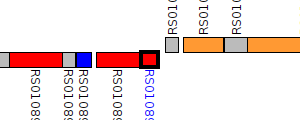
|